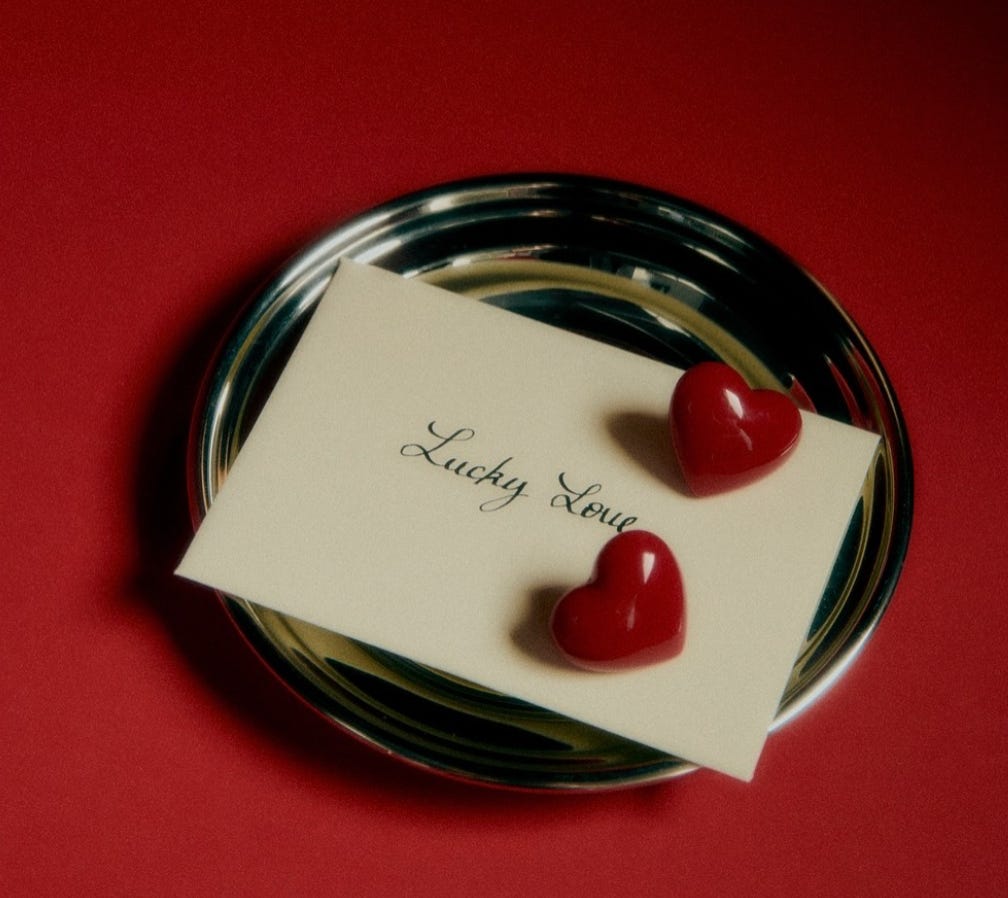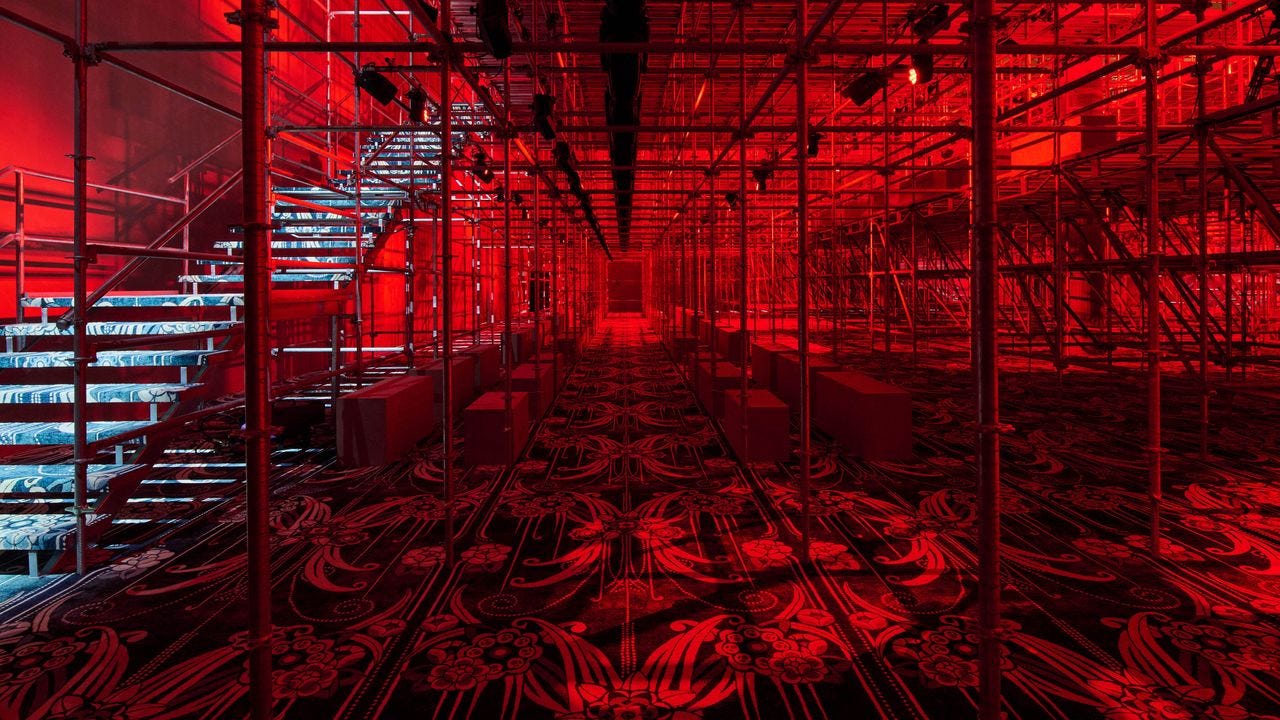Welcome to the Sociology of Business. In my last analysis, Flex Commerce: 2020-2025, I looked into how taste, time, aesthetic innovation, niches, membership, and anything worth waiting for have shaped our consumption in the past five years. For sponsorship options, send me an email, and make sure to take advantage of 25% group subscriptions. If you are on the Substack, join the chat and I’m happy to respond to any questions in the chat or comments here.
Order my new book Hitmakers: How Brands Influence Culture, and find me on Instagram, Twitter, and Threads. With one of the paid subscription options, join Paid Membership Chat, and with the free subscription, join The General Chat on The Sociology of Business WhatsApp group.
The line for Sézane, a French premium fashion brand, went all the way down the Marylebone High Street. On my way to lunch to Fischer’s (saw Matt Smith there), I noticed that most of the stores were busy, but Sezanne was the only one with the line - in the street packed with Ba&sh, Maje, Sandro, Claude Perlot and other riffs on the Parisian Chic.
The mid-market is back. Despite qualms about its (unfavorable) economics and the prolonged collapse of brands like J.Crew, GAP, Vince, Theory, or others, there are mid-size brands that are doing well (Sézane revenue is reported to have been 500M euros in 2024, and valuation of 1BN euros). The new rule of retail (and something surprisingly obvious): good quality at accessible price sells, powered by the new gatekeepers, affiliates, and fashion Substack whose entire job is to tell you what to buy, where, and how much to spend on it. Other new retail rules are:
Everything is content. In visual culture, everything eventually becomes image. It doesn’t matter if we own something as long as we photograph it (or use AI to make it). Consumers participate in aspirational culture without participating in the aspirational market. Purchase is not necessary. Dupes are at all times high, with online communities ranking them based to their proximity to the original. Wirkin was so successful, it sold out immediately, never to come back again (instead, Walmart inked a deal with second-hand resellers, opting for vintage Birkins instead). Implication for fashion retail is to make their products as desirable and discoverable as possible, through design and merchandising. In meme culture, think of your products as potential memes. Beyond image-sharing, brands are seriously getting into the long-form content game, with Sephora launching “Faces of Music,” a three-part Hulu docuseries, with Chappen Roan. Saint Laurent produced and is all over Emilia Perez, an Oscar favorite, and 22 Montagne and Iron Waffle Entertainment were well documented as production arms of LVMH and Nike, respectively.
Spectacle > Hype. Bigger is better. Money wins. Winner-takes-all. Giant suitcases covering a construction site. Ever more exotic fashion show locations, and ever more exuberant fashion show spaces. The theater of retail. Charli XCX’s pop-up concerts. Olympic Games. All catered to Gen Z’s tendency to view shopping as one of the top entertainment activities, above playing video games. Hype belongs to a previous era, where it was able to take its time to spread, grow within a community, and spill over into the mainstream. Hype is still there, but as ephemeral and amorphous and short lived as vibes. Spectacle holds the attention monopoly, even if it is consumed through content snippets, memes, and moments. For brands with no such a budget, best is to
You’ll have to pay to read the rest of the 15 new rules of retail
Keep reading with a 7-day free trial
Subscribe to The Sociology of Business to keep reading this post and get 7 days of free access to the full post archives.






